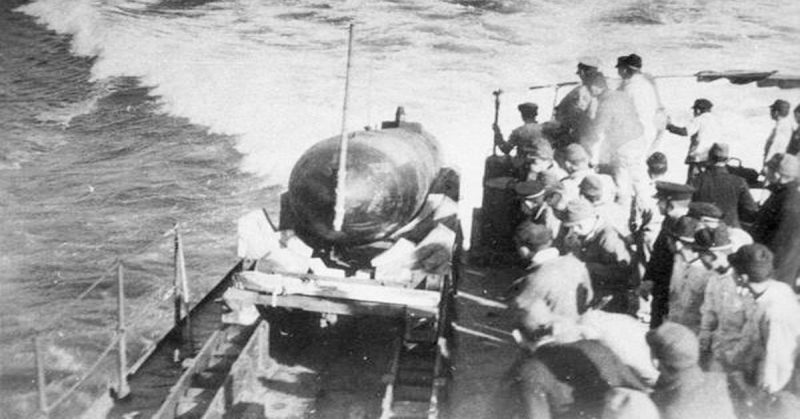During the last months of World War II, as the Japanese were becoming desperate, they turned to a new kind of weapon. While it incorporated their traditional tendencies of an honorable-suicide-before-capture mentality, this was new.
It was the introduction of the Kaiten, which is translated as “Return to Heaven.” The Kaiten were otherwise known as suicide submarines or manned torpedoes.
This type of weaponry had been considered earlier in the war but had been rejected. They were only to be used when the outcome of the war looked unfavorable, in 1944.
Created by the Japanese Special Attack Units, they used the same attention to detail as the Kamikaze planes, and Shinyo suicide boats. While the Kamikaze planes were considered the most successful suicide weapons, the Kaiten submarines were a close second.
Development and Training
The first versions of the Kaiten were simple. A torpedo engine with a cylinder for the pilot’s compartment. In an ironic twist, the two designers died testing the Kaiten during development.
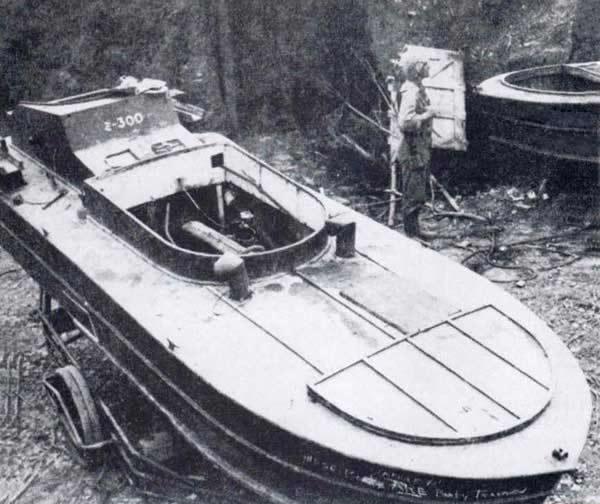
There were six different models created, with the first few designed to enable the pilot to escape. However, the pilots who used the first models never tried to escape (so far as records show), and so eventually that feature was removed from the blueprints. Later designs made it impossible for the pilot to climb out of the Kaiten, being locked inside. There was a self-destruct feature, to be used in the event that the attack failed.
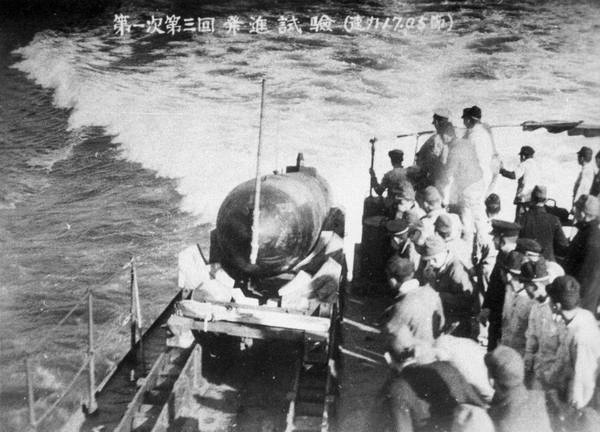
Pilots were trained in its use, of the island of Otsushima where doomed men tested the manned torpedoes in shallow bays. All the pilots chosen for this type of weapon were between 17 and 28 years old. They started their training in sailing boats, learning how to quickly maneuver the craft using only a periscope and instrument data.
Once a pilot had mastered that, he trained inside a Kaiten. The training models had a fake warhead and emergency features that enabled the Kaiten to surface if the pilot being trained did anything dangerous.
Once training within the Kaiten, pilots started by driving laps. Then, they learned how to navigate obstacle courses. Once thoroughly trained, pilots moved to testing their skills in the open water, with target ships. It was never safe, and more than a dozen trainees died, mostly due to crashes. After the final test, pilots were sent on their missions; leaving behind one last message for their loved ones.
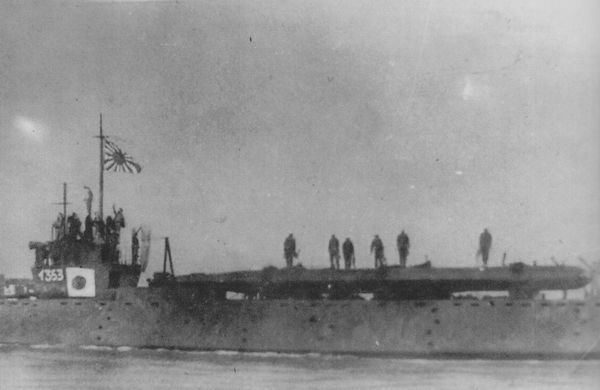
Kaitens in Action
Once in use, the Kaitens were launched from a surface ship or a submarine which carried up to six at a time, tied on. A hatch allowed the crew to enter them while they were submerged.
Once the Kaitens were within reach of their target ship, the pilot was given his final briefing, before entering the cockpit. The instruments were programmed to get him to where he needed to go, and then he was off.
The Kaiten shot through the water in the right direction. Once closer to the target, it surfaced to ensure it was in the correct position. Then, submerging to the proper depth again, with the warhead primed, struck. If the first attempt failed, the pilot could make a second attempt. If both attempts failed, he used the self-destruction setting to deploy the warhead and destroy himself and the weapon.
Kaitens in Use
In theory, the Kaitens should have had a greater success rate than unmanned torpedoes, but they were not very effective. They succeeded in sinking only a few ships, including the USS Mississinewa and the USS Underhill, killing slightly under 200 men in total. Those numbers are from US data. The Japanese reported higher success rates.
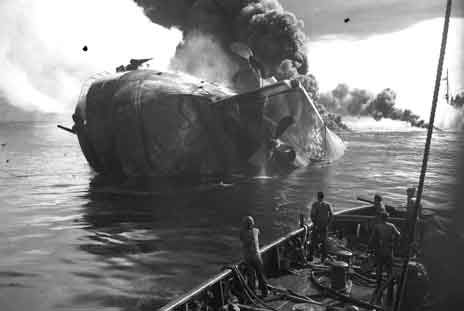
The USS Underhill sinking was the most successful Kaitan mission, which took place in July 1945. The Allied ship was a destroyer escort, for supply and troop ships. The Japanese launched a dummy mine causing the ship to change course, putting it in the path of the Kaitens.
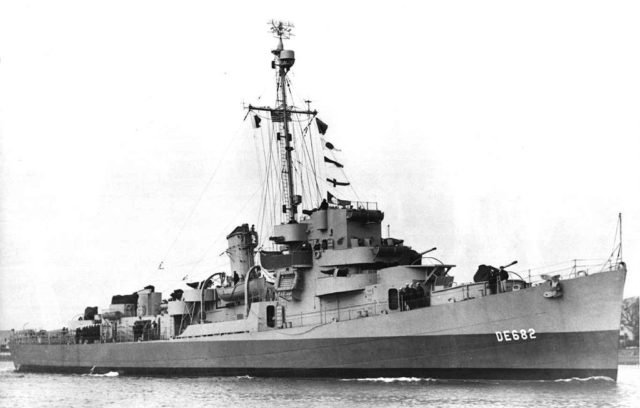
The Underhill attempted to ram the surfaced ship, but several Kaiten pilots detonated their weapons, which resulted in a boiler explosion, essentially tearing the ship in half.
During the attack, one of the Kaitens attempted to also go after a nearby cargo vessel but missed the ship, going underneath it. Inspired by this attack, more Kaitens were launched in the following days but were unsuccessful. The next month, the Kaitens did manage to damage the USS Earl V. Johnson, which was forced to leave the area for repairs.
In some instances, the Kaitens were scheduled to be deployed but were instead kept for later use, due to ease of targets. In those cases, regular torpedoes were used.
The last Kaiten mission was to take place in August 1945, when the Japanese attacked Russian convoys, but the mission was canceled at the last moment.
A Kaiten Memorial Museum is located in Otsushima.
